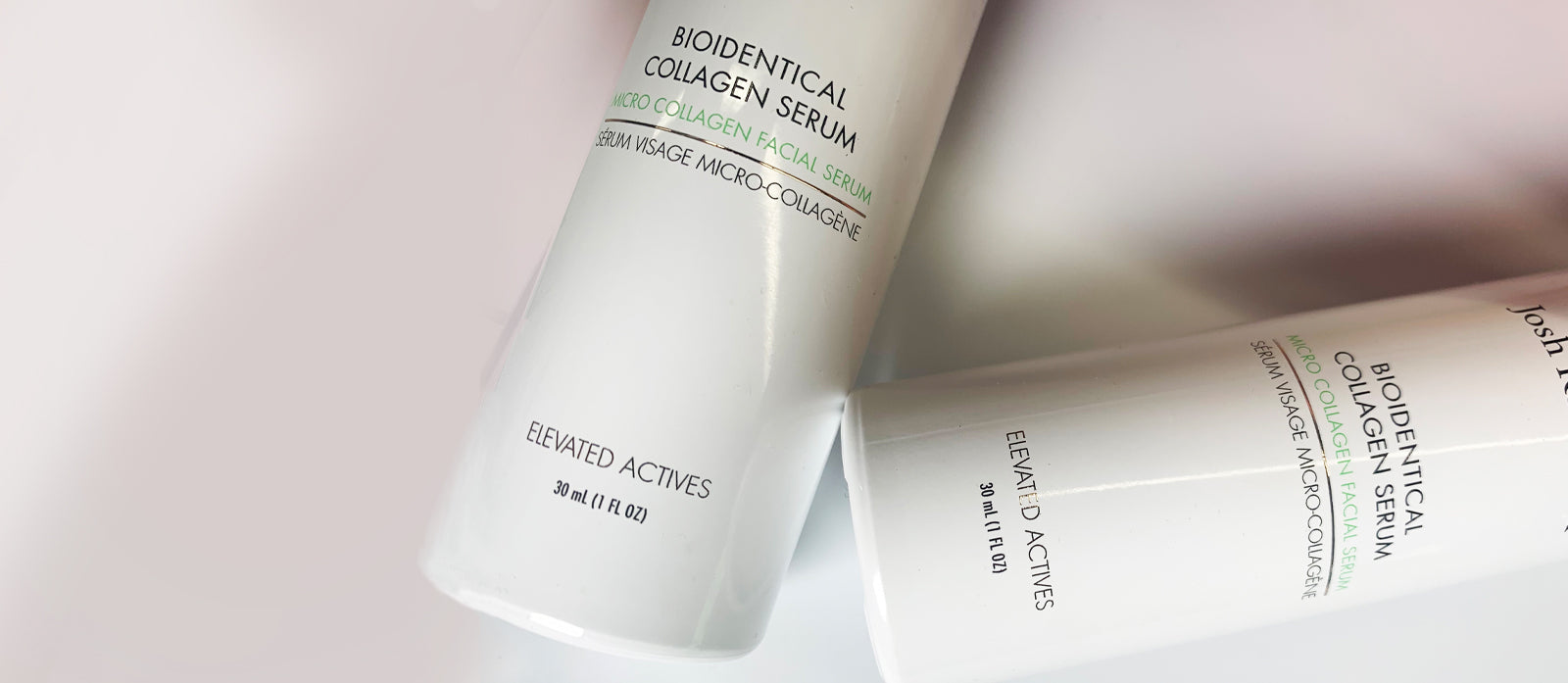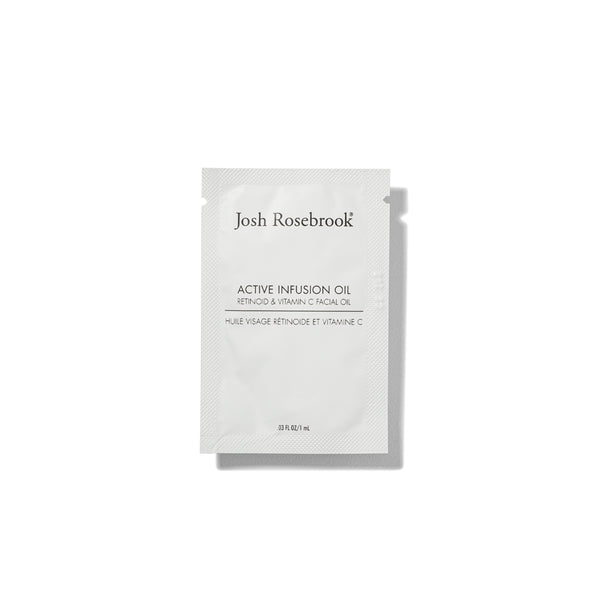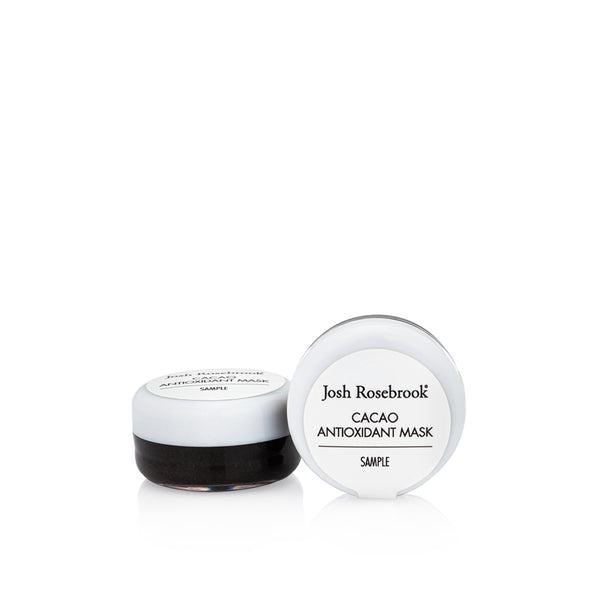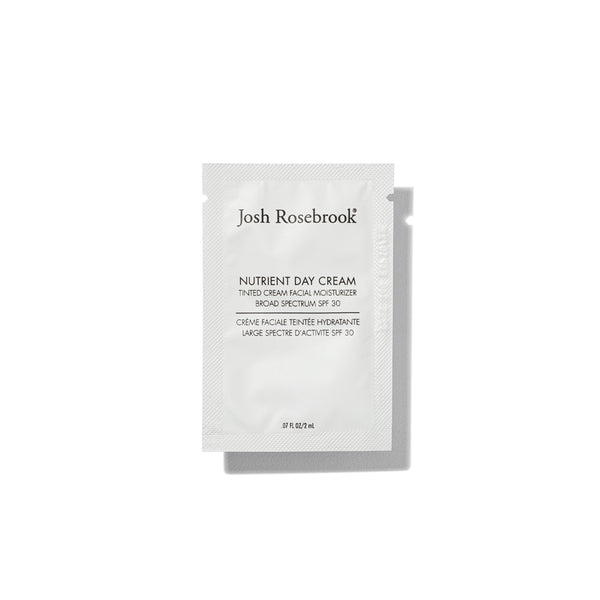Have you ever looked at one of our labels and wondered how there could possibly be that many ingredients packed into one bottle? The answer is infusions! Whilst we use infusions across a range of our products, they are best highlighted in our Active Infusion Oil (AIO) and Herbal Infusion Oil (HIO). We are going to take this opportunity to discuss why infusions are so integral to our performance driven formulas and what distinguishes the infusions used in the AIO and HIO.
What is an infusion?
To understand infusions, let’s dip into a little herbalism - we often take our cues from our resident herbalist who works in-house with our cosmetic chemists and engineers. Herbal infusions are mostly synonymous with preparations made for ingestion - for example, making tea is a textbook example of making an infusion. However, for the purposes of skin care, an infusion is referred to as ‘infused oil’. Infusing an oil means extracting the active constituents of a botanical and transferring them into the oil. This is done by letting the botanical ingredients sit in the oil for a period of time, at a specific temperature, until the transfer of beneficial actives is achieved. The resulting oil usually is of a deeper golden hue but can take on even hints of green or blue, depending on the plants used for the infusion. An infused oil is a way for the skin to effortlessly take on key beneficial actives from each botanical. In certain instances, your skin would not be able to access these key benefits without the aid of an infusion, making infused oils nothing short of liquid gold. And like gold prospecting, the process of infusing oils is definitely not an effortless undertaking.
Calibrating Infusions
There is no universal preparation when it comes to infusing oils for the skin. Different plants, herbs and fungi require different extraction techniques determined by individual chemistry, physical form and the uniquely desired actives. Our focus is on the two main techniques used for our products which differ by temperature: hot and cold.
- A hot infusion involves gently heating the oil and plant material - this method is best for extracting vitamins, enzymes and aromatic notes. Hot infusion is particularly good for roots and barks or more physically dense materials that can be resistant to releasing their beneficial properties. Comfrey, chickweed and rosemary are perfect candidates for hot infusion.
- A cold infusion (very different from cold fusion, for all the physicists out there) involves no applied heat and is best for temperature sensitive plants. Both dried and fresh herbs can be used in a cold infusion to best access the minerals and various phytochemicals. Calendula and St. John’s Wort are great examples.
We pour a considerable amount of time into researching and calibrating each infusion method so that your skin can best access the phytonutrients, minerals, vitamins and enzymes held within each of our chosen botanicals. When creating these infusions in-house, the various nuances make all the difference for the skin. This ranges from timing for different herbs, length of infusion, the specific temperatures needed, cooling times, slight warming variations, wrapping techniques, refrigeration, and straining methods - and these are just a selection of the intricate variants and detailed production processes that we undertake for each infusion.
Active Infusion Oil vs. Herbal Infusion Oil
Our formulation philosophy is always centered around providing antioxidants and anti-inflammatory-rich ingredients that help to support skin function and structure. There are multiple infusion groupings within the AIO and the HIO, with each infusion tuned to produce the potent blend of benefits we want to deliver to the skin.
The core efficacy of the Active Infusion Oil is centered around the synergy of the biomimetic actives hydroxypinacolone retinoid (HPR) and tetrahexyldecyl ascorbate (THDA ), coupled with the infusions of calendula, green tea, goji berry, chaga, ashwagandha, dandelion, and turmeric. We recommend using this formula at night, or under careful consideration during the day, only with ample sunscreen!
We admit that with the introduction of the Active Infusion Oil there was a risk of the The Herbal Infusion Oil receding into the Active Infusion Oil’s shadow. The Herbal Infusion Oil goes far beyond just a basic blend of carrier or singular oils and deserves some renewed purpose in our skincare routine. This underdog has long earned a spotlight for being a wholesome, regenerative and nutrient-dense face oil. You’ll find the following herbal infusions in the Herbal Infusion Oil: calendula, slippery elm, marshmallow, bilberry, green tea, alfalfa, skullcap, fennel, ginkgo, chickweed, and hawthorn berry.
The Herbal Infusion Oil is a universal face oil that can be used any time, day or night, and is effective yet gentle enough for even the more sensitive or sensitized skin. It is timeless and can be used by all people - all ages, all skin types. In addition to it being incredibly nourishing for the skin, it is also gentle on your wallet, at 2 oz (60ml) for $50. We always want to make products that are accessible and fairly priced and this product checks all those boxes!
Research
Chevallier, Andrew. Encyclopedia of Herbal Medicine: 550 Herbs and Remedies for Common Ailments. New York, NY, Penguin Random House, 2016.
Ody, Penelope, MNIMH. The Herb’s Society’s Complete Medicinal Herbal: A Guide to Medicinal Herbs, with Remedies for Common Ailments. London, United Kingdom. Dorling Kindersley, 1993.
Charalambos Fotakis et al. Metabolic and antioxidant profiles of herbal infusions and decoctions.
United States Department of Agriculture - US Forest service: Medical Botany and Ethnopharmacology.
https://www.fs.fed.us/wildflowers/ethnobotany/medicinal/ingredients.shtml
American Botanical Council: Terminology.
https://joshrosebrook.com/blogs/articles/down-with-the-inflammation-up-with-the-information
https://joshrosebrook.com/blogs/articles/amping-up-the-active-in-our-active-infusion-oil
https://joshrosebrook.com/products/nutrient-day-cream-with-spf-30-non-nano-zinc-oxide























WRITTEN BY Josh Rosebrook